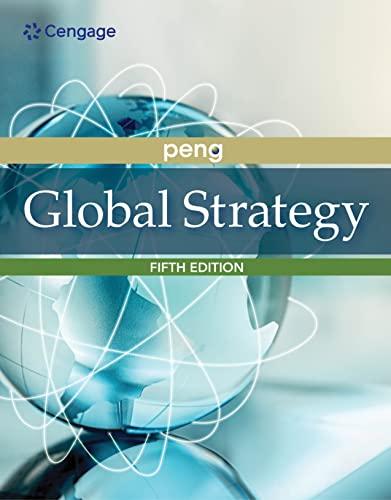Answered step by step
Verified Expert Solution
Question
00
1 Approved Answer
The effect of an increase in the price level on aggregate demand is represented by a : a. shift to the right of the aggregate
The effect of an increase in the price level on aggregate demand is represented by a :
a. shift to the right of the aggregate demand curve.
b. shift to the left of the aggregate demand curve.
c. movement to the left along a given aggregate demand curve.
d. movement to the right along a given aggregate demand curve.


Step by Step Solution
There are 3 Steps involved in it
Step: 1

Get Instant Access with AI-Powered Solutions
See step-by-step solutions with expert insights and AI powered tools for academic success
Step: 2

Step: 3

Ace Your Homework with AI
Get the answers you need in no time with our AI-driven, step-by-step assistance
Get Started


